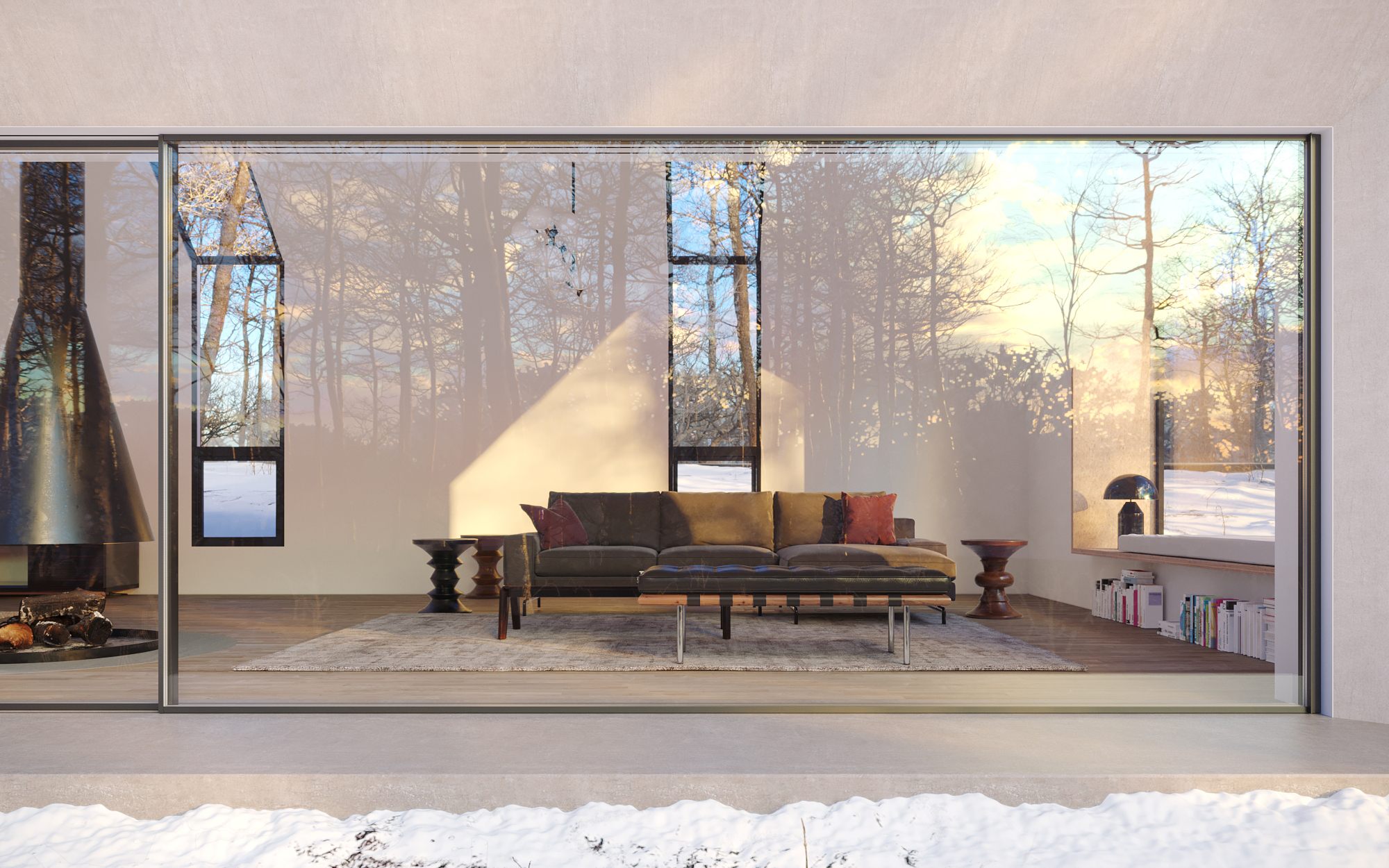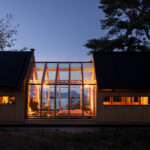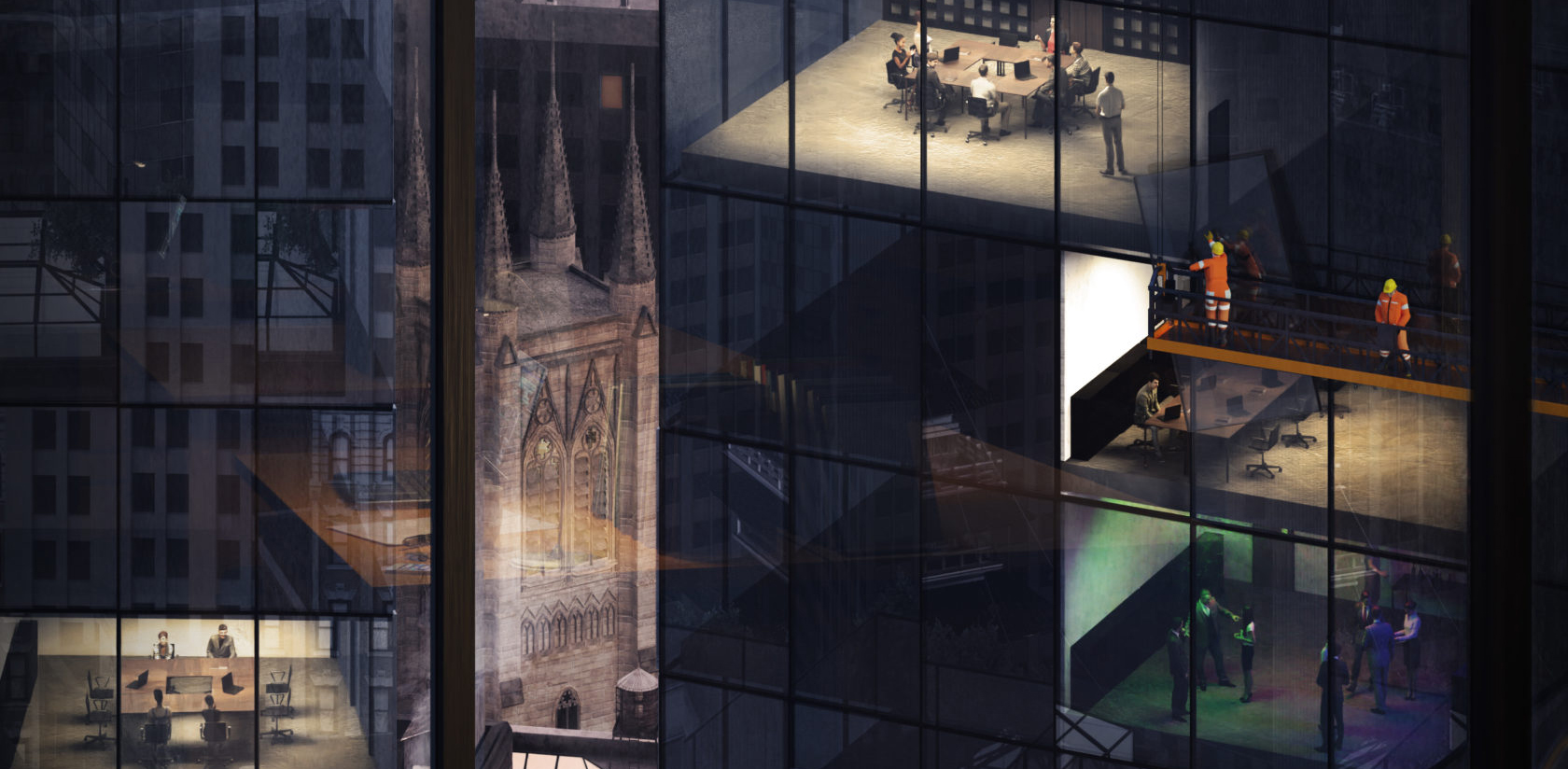Erasing boundaries between inside and out has long been a preoccupation of architects around the globe, as countless clients seek open layouts and a sleek, modern aesthetic with minimal visual interruptions. However, truly seamless transitions are not easily achieved: The use of conventional glass walls with sub-par frames often result in uncomfortable interiors, energy inefficiency, and excessive hardware that contradicts that feeling of openness.
Now, this once-elusive goal can be achieved simply and easily thanks to Vitrocsa’s new single-track, insulated invisible frame. Able to accommodate extra-large glass panes with a fully concealed frame, the single-track insulated Vitrocsa invisible frame is a significant innovation in glass wall systems. New to the market in 2021, it picked up an array of honors in Architizer’s A+Product Awards categories for Residential, Doors & Hardware, and Commercial as well as finalist honors in 5 additional categories.
Operable glass walls have been around for a while, but Vitrocsa’s single-track invisible frame is a leap forward due to the level of insulation it can provide. With the option of double or triple glazing on a single track, designers can confidently specify the system knowing it will provide a comfortable environment in even the most extreme climates. Using Vitrocsa’s insulated frame allows for design of an operable glass wall in the mountains, beach, or city, all while ensuring that interiors are never too cold, too hot, or too loud.
Superior insulation also means superior energy efficiency. While glass walls can often be associated with excessive heating or cooling to make up for temperature differentials between inside and out, the level of insulation provided by Vitrocsa’s invisible frame ensures minimal heat loss or gain. This translates into lower levels of energy use needed to heat or cool an interior than typical glass wall systems require.
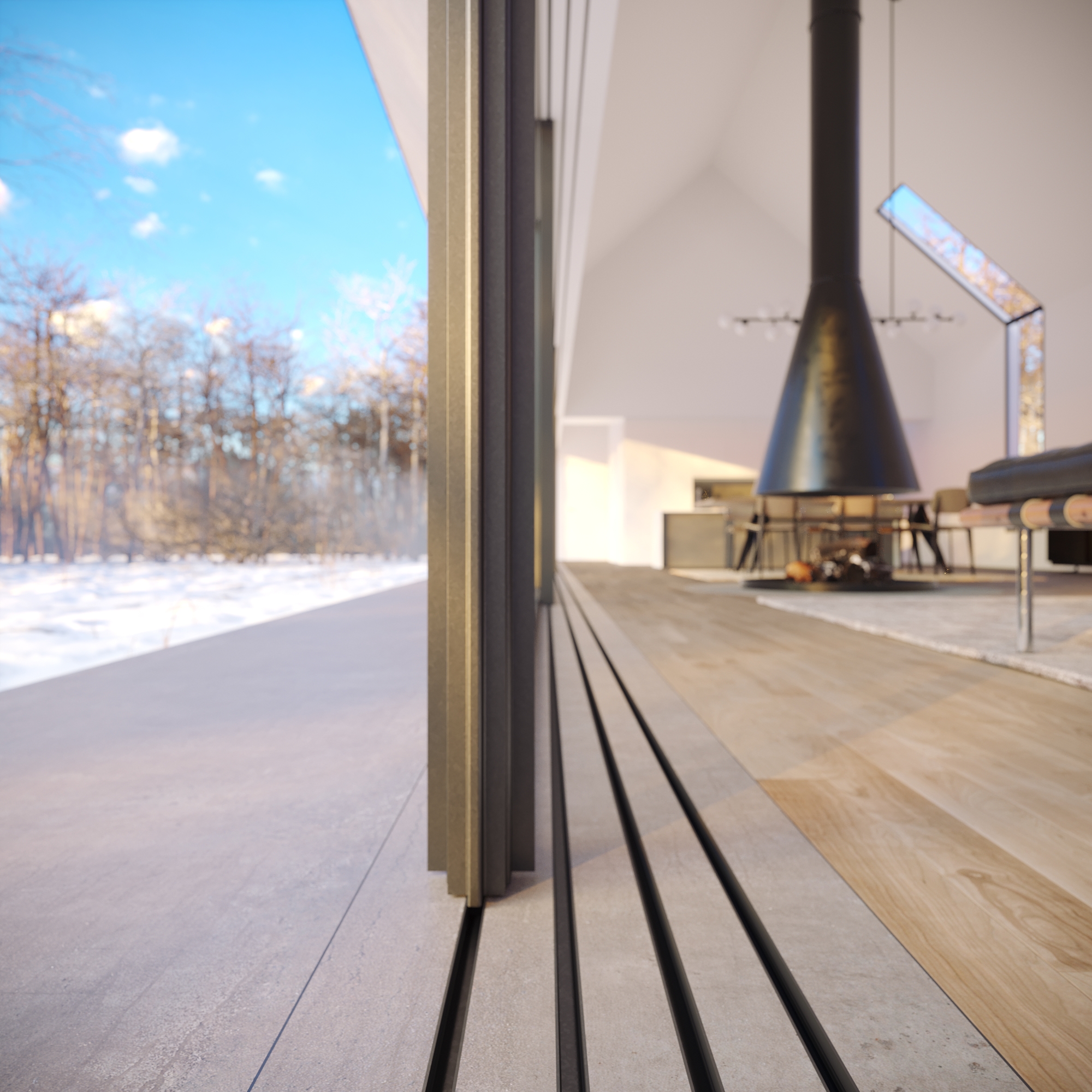
The key to this framing system’s top notch performance lies in its construction. The Vitrocsa system was developed by Eric Joray, an orchid-growing enthusiast who built numerous conservatoires after working in both watchmaking and the creation of prefabricated homes. This unusual combination of pursuits, each requiring an extraordinary attention to detail, eventually led him to become a windowmaker.
Joray’s unique mix of talents are evident in the refinement of each new iteration of Vitrocsa frames, culminating in the elegance and simplicity of the new single-track frame. With no need for an internal or external architectural enclosure, and featuring jambs less than three quarters of an inch thick, Vitrocsa’s roots in fine-tuned engineering are clearly apparent in this system.
The single-track innovation in Vitrocsa’s insulated, invisible frame greatly reduces the amount of hardware needed when specifying multiple panels to run on adjacent tracks, which allows the panels to be stacked together when the wall is open. This configuration maximizes both the view to the outside when the wall is closed, and the area of the wall that can be opened, greatly enhancing the sensation of an open-air building when it’s desired.
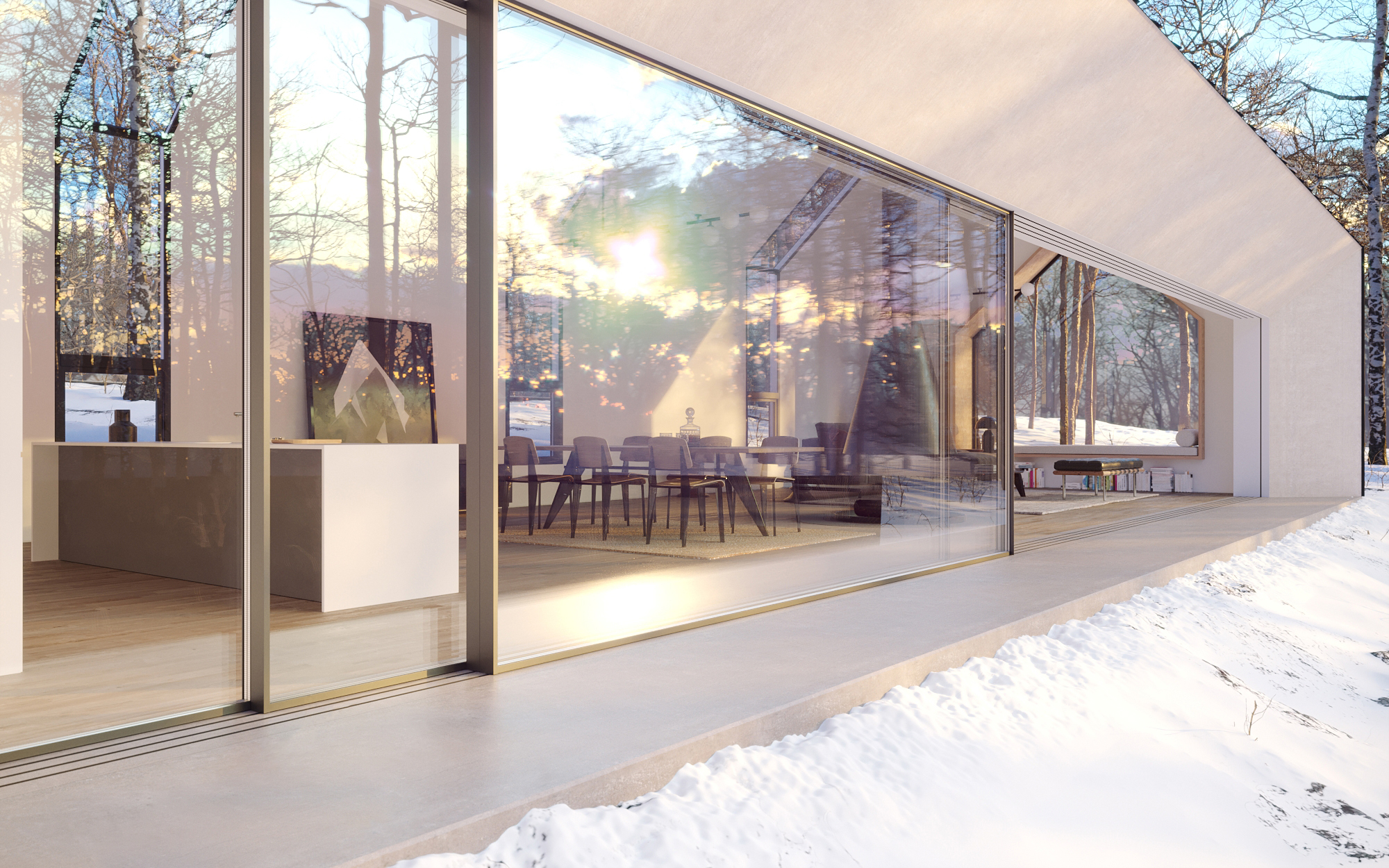
Achieving that sense of openness without compromising thermal and mechanical performance is where the Vitrocsa single-track frame excels the most. Able to accommodate glazed surfaces of almost 200 square feet, the new Vitrocsa frame allows architects to incorporate dramatic glass walls into their designs, offering wide, unimpeded views of the surrounding landscape. Thanks to the concealed frame, when an operable system is closed, the glass wall still appears virtually invisible.
Arguably the greatest effect of the new frame can be witnessed when Vitrocsa’s operable system is fully opened. Completely folding away one or more entire walls of a building to reveal the outside, without any noticeable transition, provides an uplifting experience that many architects desire to achieve with every project.
For many years, architects have sought to design buildings that eliminate the distinction between indoors and outdoors, constantly running up against the restrictions of temperature differences and obtrusive frames. With the innovative design of Vitrocsa’s single-track, insulated invisible frame, architects now have the possibility of fully realizing this creative goal.
To learn more about Vitrocsa’s cutting-edge architectural products, visit their Architizer Profile and their website.
Architizer's A+Product Awards is open for submissions, with the Extended Entry Deadline fast approaching on Friday, February 23rd. Get your products in front of the AEC industry’s most renowned designers by submitting today.
